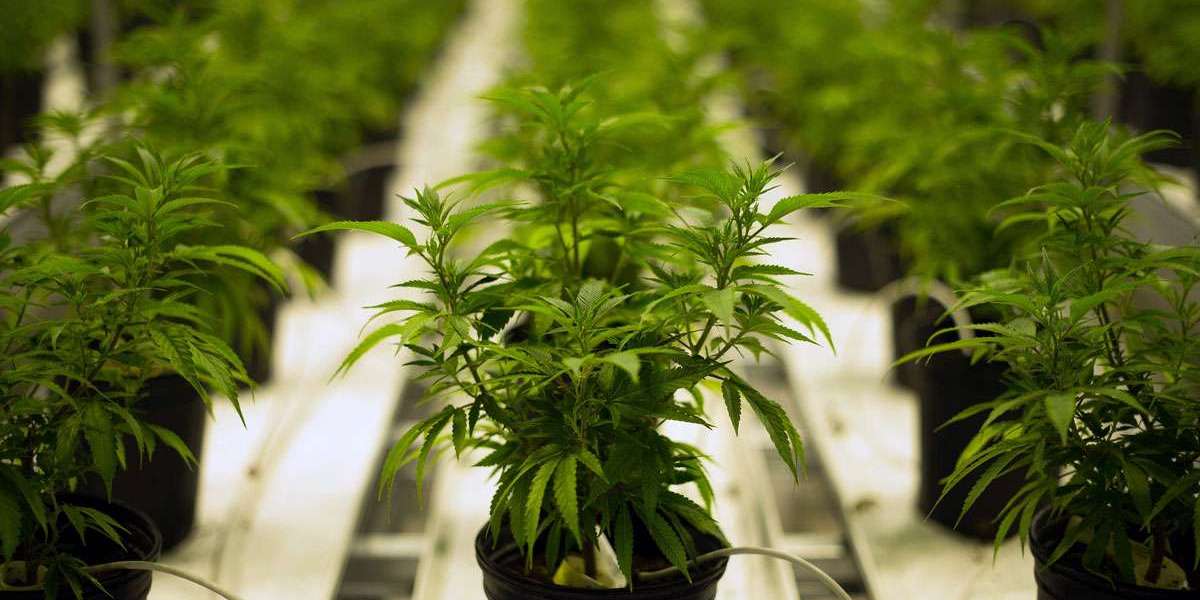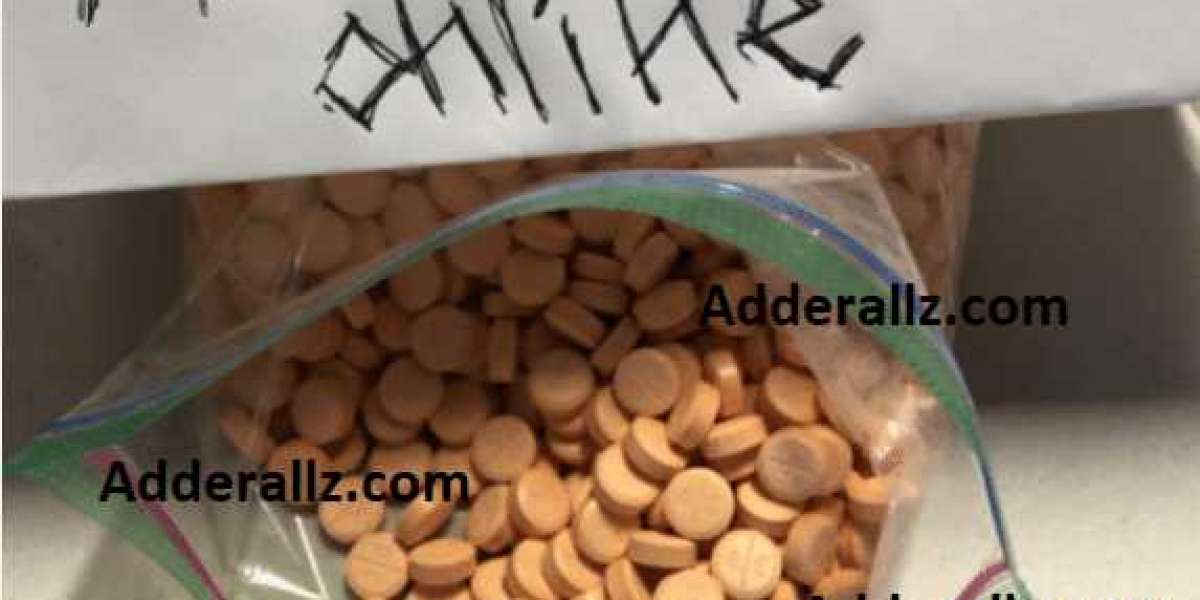Getting Started with Cannabis Cultivation
One of the first steps in starting an indoor cannabis grow is choosing the best location. When selecting a space, look for an area that is dry, well-ventilated, and easily locked for security. The room should also receive at least 6 hours of direct sunlight per day. Ensure any windows can be blacked out to control the light cycle. Proper ventilation, humidity control, and odor control are also essential considerations for your growing area.
Selecting Quality Cannabis Seeds and Clones
It's important to start your Cannabis Cultivation with high-quality seeds or clones from reputable breeders. Research different strains to find varieties suitable for your needs and growing environment. Popular cannabis strains often recommended for beginner indoor grows include Northern Lights, White Widow, Blue Dream, and Granddaddy Purple. You'll also want to consider the strain's flowering time, expected yield, and odor production. Make sure to store seeds or clones properly to maximize germination rates.
Setting Up Lights, Nutrients, and Equipment
A solid grow lighting setup is crucial for nurturing cannabis from seedling to harvest indoors. Top options include LED grow lights, high-pressure sodium (HPS) lamps, and metal halide (MH) lamps. The intensity and spectrum of the lights will impact plant growth. Ensure your lighting fixtures can be raised as the plants grow tall. You'll also need fans, an irrigation system, hygrometers, pH meters, and nutrients tailored for the vegetative and flowering stages. Taking time to research and properly set up your garden's infrastructure leads to healthier plants.
The Vegetative Stage of Growth
During the initial vegetative period, your immature cannabis plants will focus on developing strong branching and lush green growth. This is achieved by exposing seedlings and clones to 18 hours of light per day. Choose a nutrient formula high in nitrogen to promote vigorous leaf production. Maintain warm temperatures between 70-80°F and moderate humidity around 50-60%. Top or prune plants as needed to control size and direct energy into the main colas. Monitor water and nutrient intake daily to keep your maturing garden in prime health. Allow 4-6 weeks of vegetative development before switching to flowering.
Inducing Flowering and Bud Development
Once cannabis plants have established themselves during their vegetative stage, it's time to trigger blooming. This is accomplished by providing 12 hours of uninterrupted darkness per night using light-tight covers. Within 1-2 weeks, the preflowers will appear as signs of sexing, and the plants will stop focusing on foliage growth. Instead, energy shifts toward swelling calyxes, enlarging resin glands, and bulking aromatic buds. Freshen nutrients formulas with higher phosphorus and potassium levels suitable for flowering. Carefully manage temperatures between 65-80°F and aim for RH around 40-50% as buds form fully over 6-8 weeks. Monitoring trichome development helps determine optimal harvest time.
Cannabis Cultivation Curing and Storage
After fully ripening and exposing crop to a simulated 48-hour rainstorm to trigger resins, harvested cannabis buds enter the drying phase. Slowly dry trimmed flowers in cool, dark conditions with moderate humidity for 5-10 days to preserve aroma and potency. Once stems snap rather than bend, it's time for curing. Place dried buds in sealed Mason jars, opening them daily to "burp" out plant matter remnants. As the cure progresses over 2-4 weeks, the flavors and effects further enrich. Once properly cured, store dried cannabis in jars, bags, or containers in cool, dark places to maintain freshness for several months.
Common Problems and Pests
No matter how carefully you tend your indoor cannabis cultivation, some problems may still arise. Nutrient deficiencies, light burn, and mold are common issues growers face. Protect young plants from pests like spider mites, fungus gnats, and root aphids using natural deterrents when possible. Regular inspections allow for prompt treatment of any infestations before major damage occurs. Taking preventative measures and closely observing plants throughout each stage yields bountiful, pest-free harvests.
Mastering the Art of Cultivation
With diligent care and an eagerness to learn, any grower can achieve successful cannabis cultivation crops. Read manuals, join online communities, and study veteran cultivators to continually improve your techniques. Take thorough notes during each harvest to tweak your environment and feeding schedules. Be attentive yet patient as your garden matures-the rewards of caring for living plants are well worth it. As your skills advance, consider more ambitious scenarios like Sea of Green, Screen of Green, or hydroponic systems. With experience comes bountiful yields of top-quality medicine.
Get more insights on Cannabis Cultivation
About Author:
Money Singh is a seasoned content writer with over four years of experience in the market research sector. Her expertise spans various industries, including food and beverages, biotechnology, chemical and materials, defense and aerospace, consumer goods, etc. (https://www.linkedin.com/in/money-singh-590844163)








